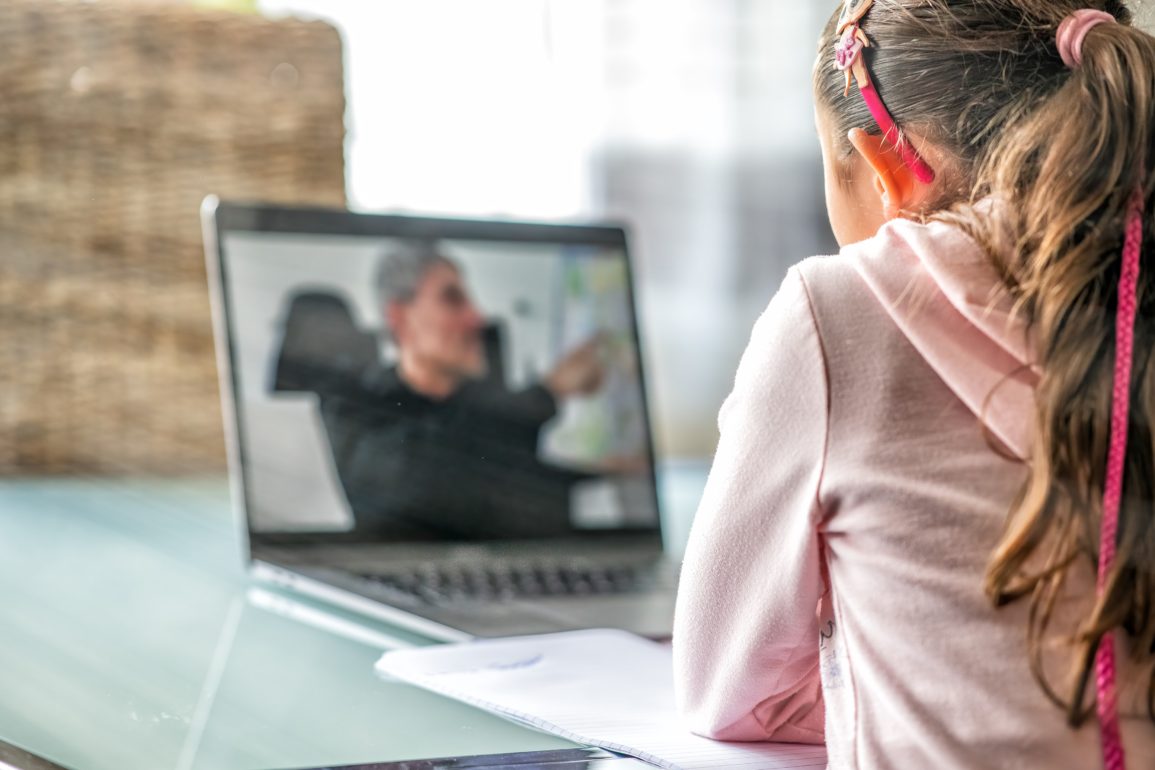Your child’s education is one of the most important things that they will have to go through in life. It is the foundation of their future knowledge and career path which is why doing everything you can to further that education at home is vital to their success when they take their GCSE and A-Level exams.
Children will do the majority of their learning in school with them spending around 32.5 hours a week there. However, with the average student being set to just 4.9 hours of homework per week, it may be hard for them to truly consolidate their learning. Fortunately, there is a wealth of resources on the internet to help parents further their child’s education at home. However, to do this successfully, you must first understand how your child learns best.
To help, we’ve put together a comprehensive guide to the different ways that children learn, so you can identify the best one to use when advancing your child’s education at home. Read on to find out more.
Visual learning
Visual learning involves seeing pictures or colourful images to learn. An estimated 65% of people prefer to learn this way which makes the chances of your child preferring it too very high. If so, provide them with ample visual stimulants for them to learn from and their knowledge will grow exponentially.
Kinaesthetic
Another learning technique is kinaesthetic which is learning through doing things physically. This could be anything from role-playing to testing oneself using flashcards. When the time comes to remember the knowledge required, they’ll be able to reimagine their physical learning techniques.
Logical
Logical learning is number and stat driven. This is particularly useful for STEM subjects as it can be used for further learning about how certain things work and using smart education resources can be a great way to showcase this. If your child is good with numbers then this may be the perfect way for them to learn.
Aural
These learners benefit most from hearing the teachings. An example of how this could be done is to create a song around a topic they are learning about. When the time comes to recall their knowledge, they’ll remember the song as well as the information.
Social
Social learning is all about teamwork. It’s all about learning whilst working with others in either a pair or a group. This may be hard to do at home unless you have several children learning the same topic at the same time, however.
Solitary
This one’s great for children learning at home as it’s about developing knowledge by themselves. Set them a task and let them learn at their own pace
Verbal
The final learning style is verbal and is most commonly used in schools. It is the art of learning through what others are explaining to you. It can also be written texts too.

